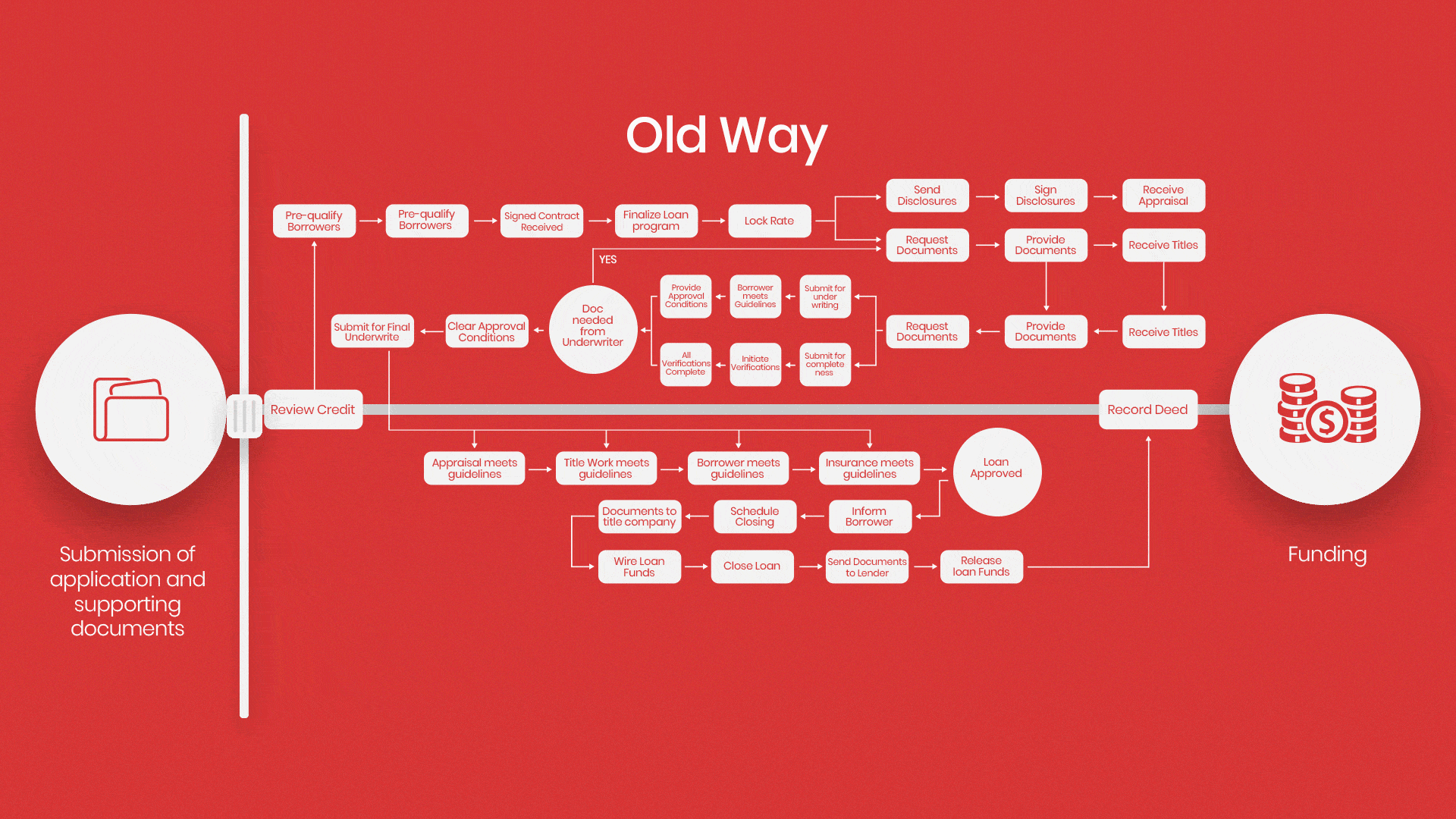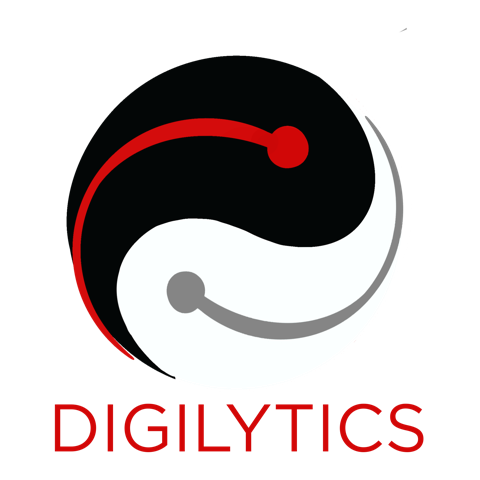Over the past few years, an astounding surge of technology and innovation has greatly accelerated the integration of digital mortgages. This shift has elevated the expectations of borrowers and transformed the conventional mortgage acquisition process
Today, mortgage clients anticipate a loan application journey that is swift and smooth – akin to ordering their preferred book through an online store or procuring groceries from a platform like Amazon.
With the mortgage sector’s unwavering commitment to digital transformation, comprehending the driving factors behind this movement becomes imperative.
1. Applying and Submitting Documents in Digital Formats
In response to evolving customer expectations, the era of extensive application forms and stacks of paperwork has transitioned into the past. The digital mortgage application significantly reduces the effort required from borrowers. Lenders can now source most of the necessary information through external data providers and aggregators. Documents are amassed in various formats (such as PDFs and images) from diverse origins (including portals, third-party providers, and internal databases). This approach empowers lenders to tackle the complexities brought about by fragmented and disjointed case materials. It enables them to achieve comprehensive control, ensure audit compliance, establish a singular source of truth, eliminate non-value-added manual data input, infuse intelligence, and profoundly elevate the user experience.
2. Automated Data Extraction, Analysis, and Document Validation
Upon gathering ample data through OCR and computer vision technology, the documents undergo a process of segmentation, identification, and classification into predetermined file structures and categories. This is accomplished through the utilization of text mining and machine learning algorithms.
Relevant information is extracted from live documents utilizing natural language processing and context-based learning, presented in a format that facilitates effortless verification and potential modification.
This streamlined approach aids lenders in effectively organizing the documents and recommending the optimal loan solution that aligns with the borrower’s preferences, financial capabilities, and requirements.
3. Enhanced Decision-Making Through Diligent Evaluation
Thorough data validation and examinations are conducted on the compiled documents, involving comprehensive cross-referencing across all available data sources, both internal documents and external references. Multiple assessments are performed to ensure completeness, accuracy, and uniformity. The outcome is a comprehensive report generated at various levels – from the overall case to individual documents and fields. This is accomplished through the application of both established business rules and machine learning models.
This automated mechanism significantly enriches the borrower experience, empowering them to make well-informed decisions with heightened certainty. In stark contrast to the past, these automated approvals hinge upon meticulously verified customer financial information, characterized by precision and logical integrity. As a result, the likelihood of encountering setbacks is considerably minimized, translating to fewer surprises and reduced stress for all parties involved in the process.
4. Decision-Making and Offer Facilitation
The validation report undergoes human review for ultimate authorization, including any required actions upon data approval that is subsequently integrated into downstream systems. Through continuous real-time case monitoring, vital alerts, and notifications, lenders are better equipped to cater to the digital-savvy consumer. Employing data, advanced analytics, and artificial intelligence streamlines procedures by eliminating unnecessary steps and enhancing the overall process
AI-driven chatbots can provide tailored recommendations for loan products, guiding individuals seeking financial guidance, aiding customers through the loan application process, and efficiently handling service requests.
5. Conclusion and Fund Disbursement
The journey culminates in a digital closing process, sparing borrowers the inconvenience of physical meetings with a closing agent. This empowers them to review closing documents at their own pace and address any questions they may have. By doing so, the likelihood of delays arising from last-minute document issues is greatly reduced.
The potential of digital lending holds the promise of minimizing the friction associated with the financing process. This entails the elimination of paper-based workflows and transitioning all customer interactions to online and mobile platforms. Furthermore, digital lenders are harnessing AI systems to examine borrower profiles and analyze their transaction history.

In Conclusion
Continual innovation remains paramount. Mere implementation of a standardized digital interface falls short processes must possess the agility to swiftly align with evolving customer expectations.
Today, an increasing number of customers anticipate tailored financial offerings meticulously tailored to their requirements, decisions, and objectives.
The lending landscape of the future will entail the comprehensive integration of a diverse array of technologies, including Artificial Intelligence, Analytics, Chatbots, Internet of Things, Voice recognition, Machine Learning, Computer Vision, Virtual Reality, Augmented Reality, Robotic Process Automation, and others.
Forward-thinking lenders must anticipate customer needs proactively and provide a pioneering customer experience.
Many lenders recognize the importance of embedding digital mortgage capabilities within their operations. However, a significant portion of these lenders seems to grapple with various challenges.
How long will it take for the rest of the industry to catch up?
This question merits exploration!
The answer resides in deciphering the rapid advancements unfolding within the mortgage sector, every day, every second, as we speak.



